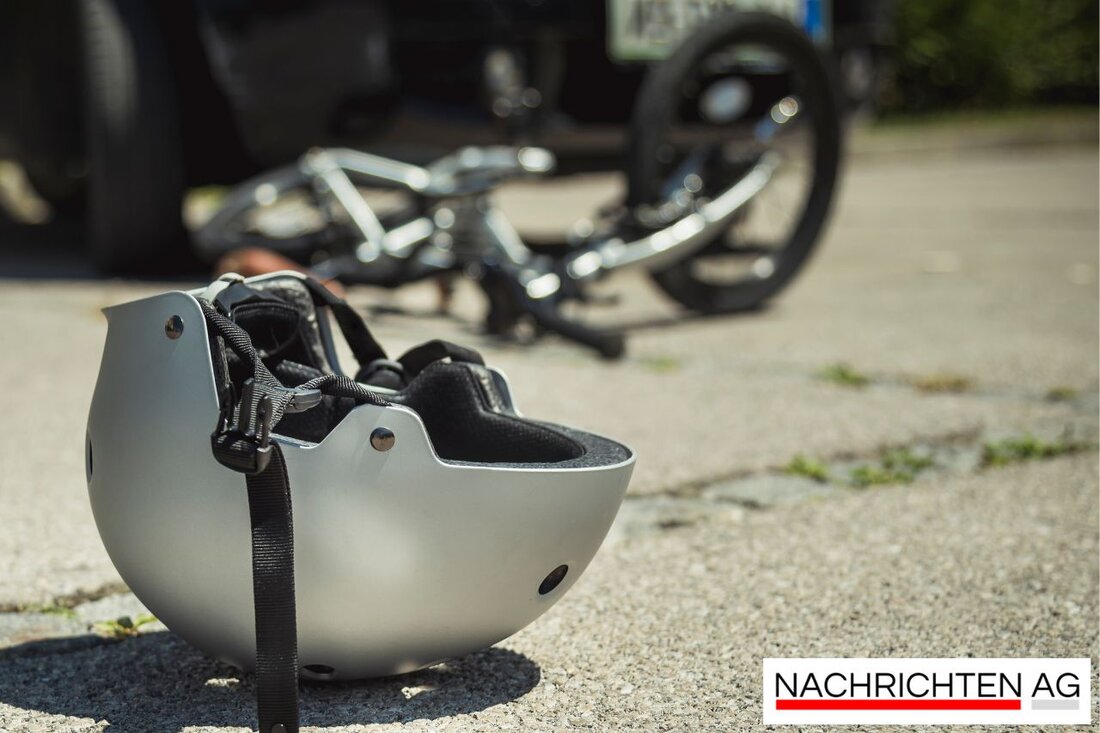Linz plans cycle path revolution: Experts are looking for a solution for Nibelungenbrücke!

Linz plans cycle path revolution: Experts are looking for a solution for Nibelungenbrücke!
Linz, Österreich - In Linz, improving traffic conditions for cyclists and commuters becomes a hotly discussed topic. After the failed test run of a temporary two -way bike path on the Nibelungenbrücke, a project group is now on the move. Meinverzirk reports that the state of Upper Austria and the city of Linz are responsible for a sustainable solution. Linz Mayor Dietmar Prammer (SPÖ) has declared the bike path on the Nibelungenbrücke as a "chef" and strives for a quick agreement with Governor Thomas Stelzer (ÖVP).
The initiative aims to take into account the mobility needs of the citizens and at the same time meet the urban requirements. A concept required by State Councilor Günther Steinkellner (FPÖ) is intended to create a well -founded decision -making basis for all road users. Vice Mayor Martin Hajart (ÖVP) supports this step and emphasizes the importance of also considering the needs of public users, pendulators, cyclists and pedestrians.
conversion of the Nibelungenbrücke
From autumn 2024, the conversion of the Nibelungen Bridge begins, in which one of three lanes per route is rededicated into bike paths. Linza informs that two lanes are preserved for car traffic per direction, which should take into account the current frequency of around 40,000 cars per day. In addition, the new westring bridge will be opened in the same period to relieve the Nibelungen Bridge by up to 50 percent, while commuters from the Mühlviertel are expected to prefer this new route.
A significant change will also affect the traffic management around the main square. From next year, cars should no longer be allowed to drive through Klosterstraße and across the main square. This measure for traffic calming is supplemented by additional ascent and departure ramps to the new bike tracks on the Nibelungen Bridge.
The upswing for cycling
The discussion about cycling is not new, but takes up a movement that has become more important in recent years. As studies on sustainable mobility show, bicycle traffic was widespread at the beginning of the 20th century, but was pushed back by the increasing number of cars. Nowadays there is a clear trend towards environmentally friendly mobility, supported by technical developments such as e-bikes and growing pressure from the population for more options for cyclists.
Initiatives such as Fridays for Future and Local Radscheat have reinforced the desire for better and safer cycling planning. It is a clear call for a city design that not only focuses on the needs of drivers, but also the cyclists and pedestrians. In order to create a modern and livable city, a continuous cycling infrastructure will be essential.
The upcoming measures at the Nibelungen Bridge and those responsible are required to have a good hand to make Linz a pioneering city for sustainable mobility. It remains exciting how the developments continue to progress and whether the planned project group can find the desired solution for all road users.
| Details | |
|---|---|
| Ort | Linz, Österreich |
| Quellen | |
